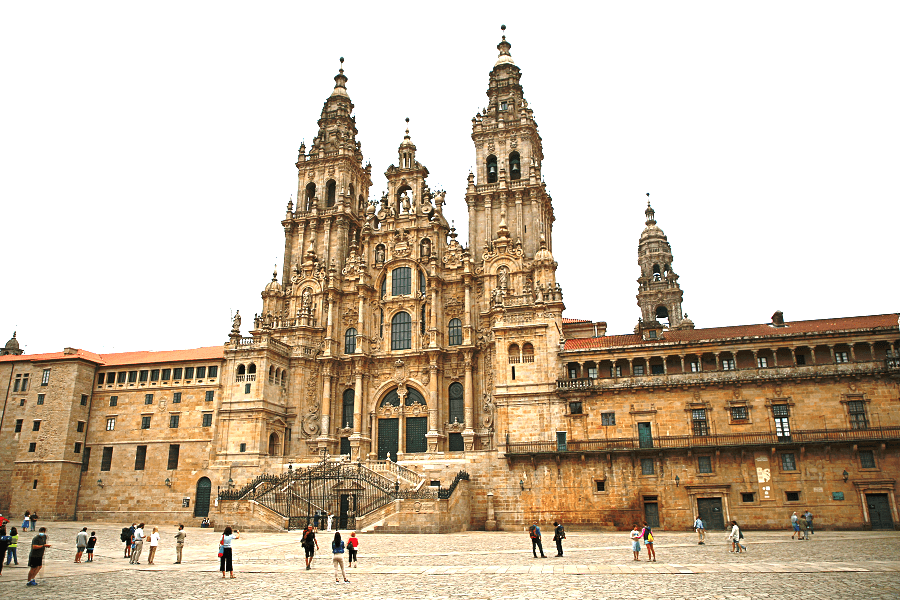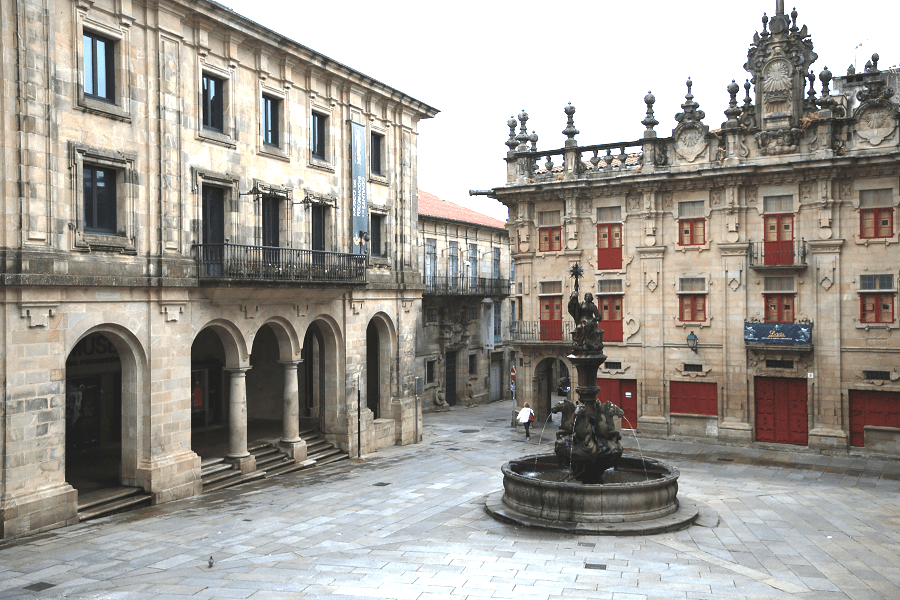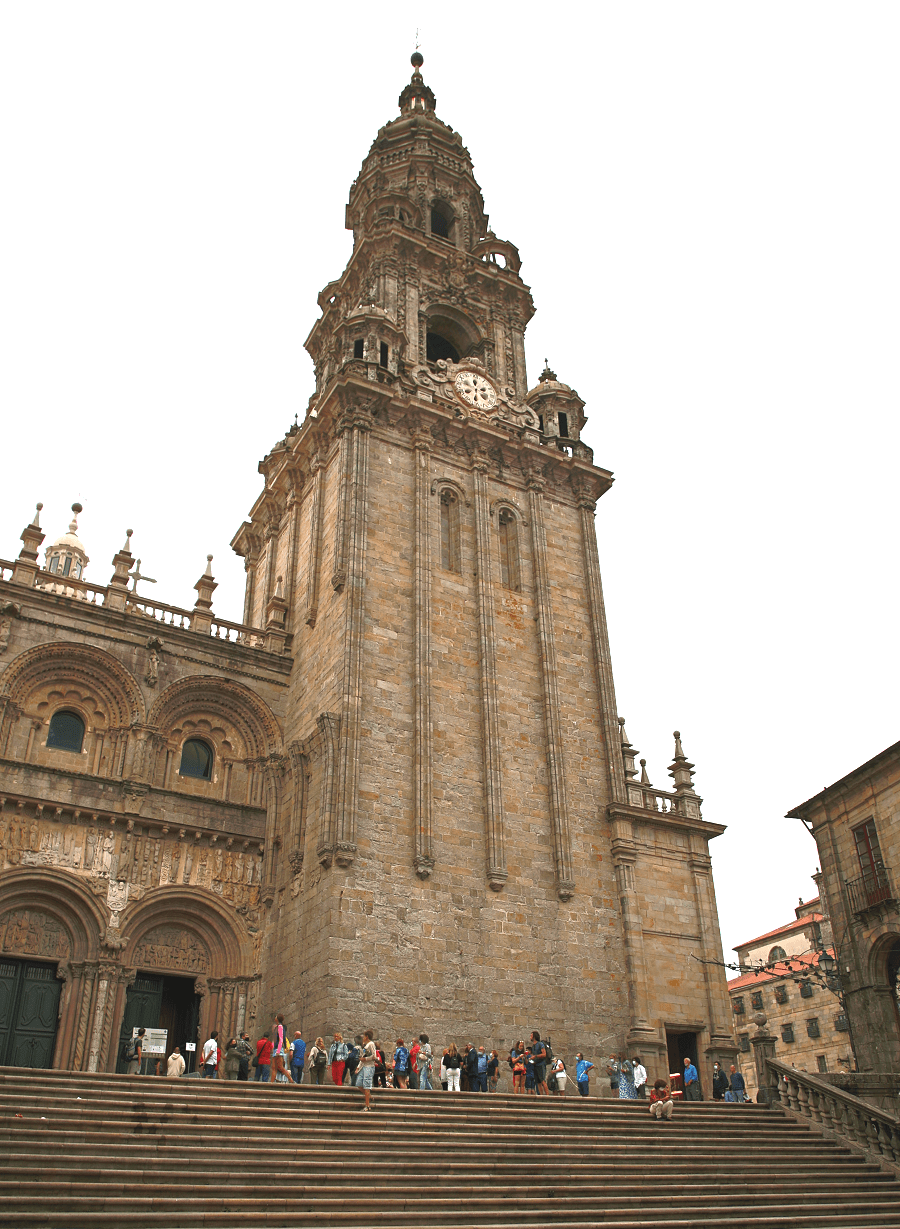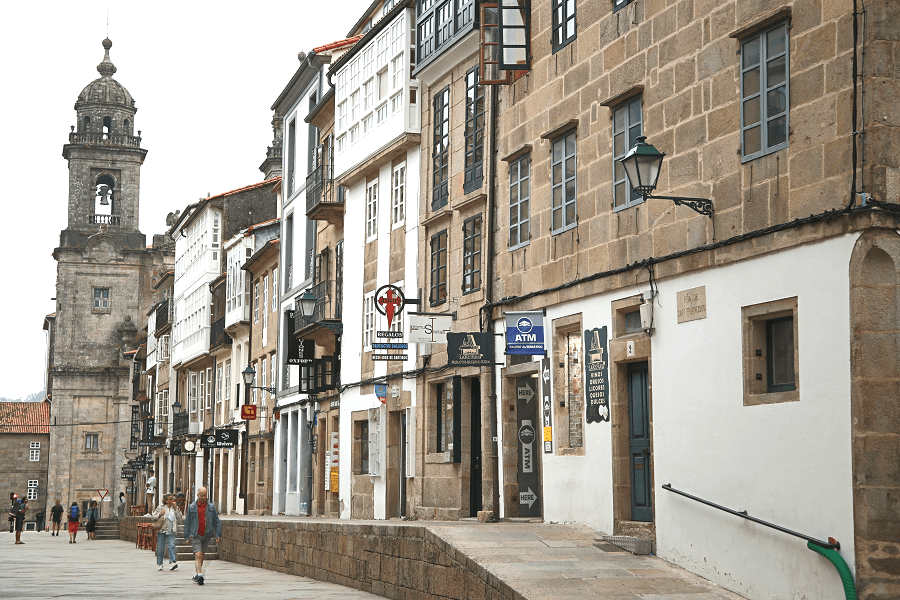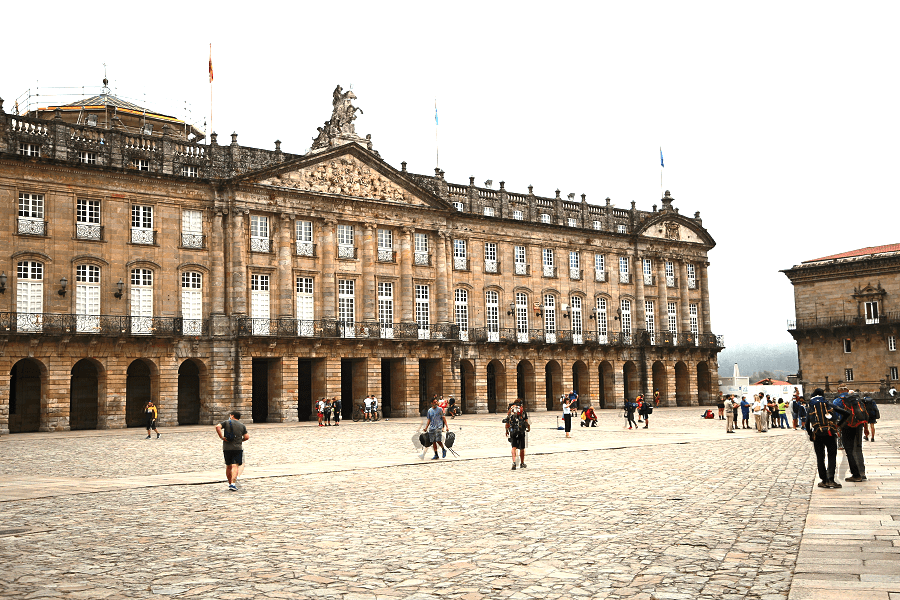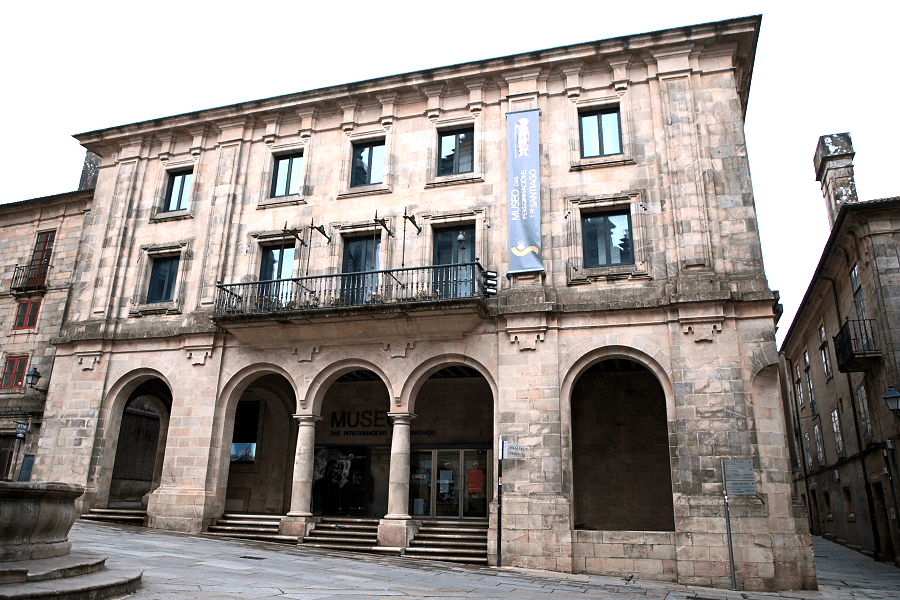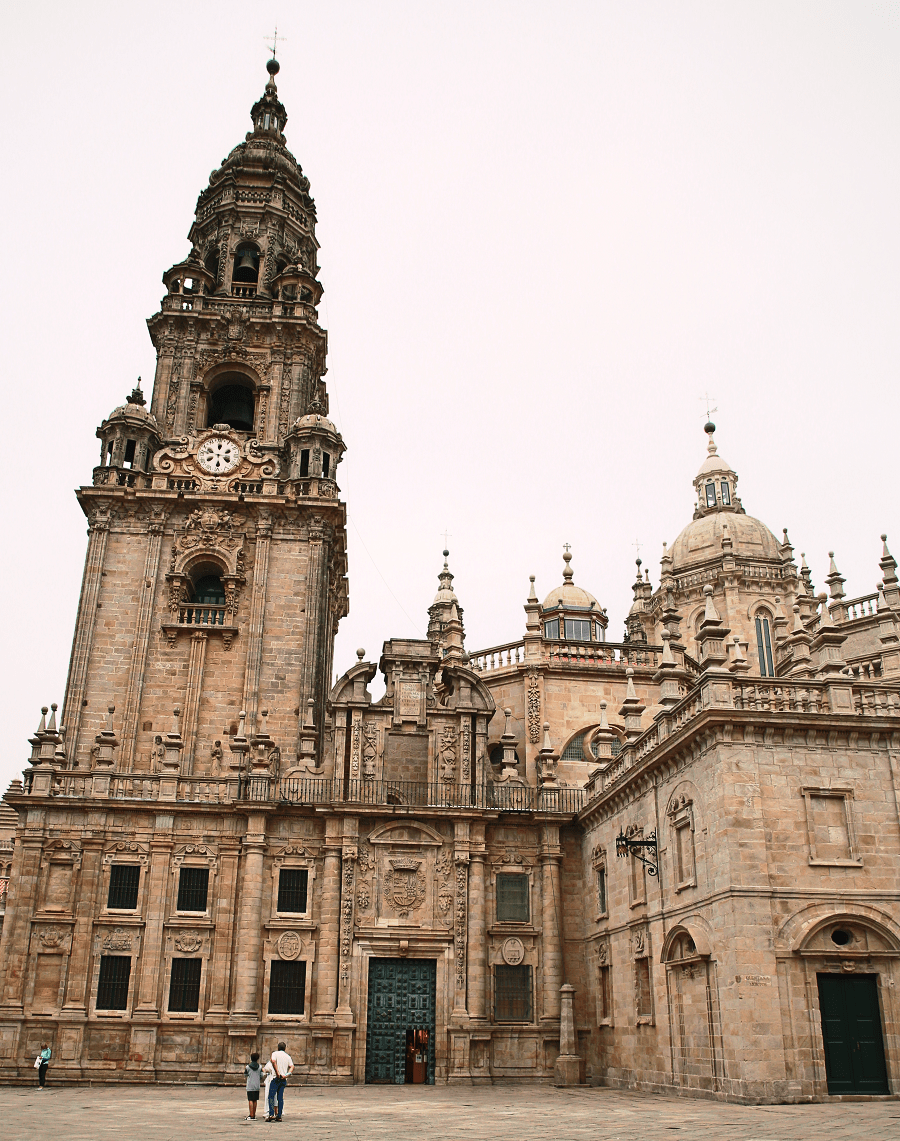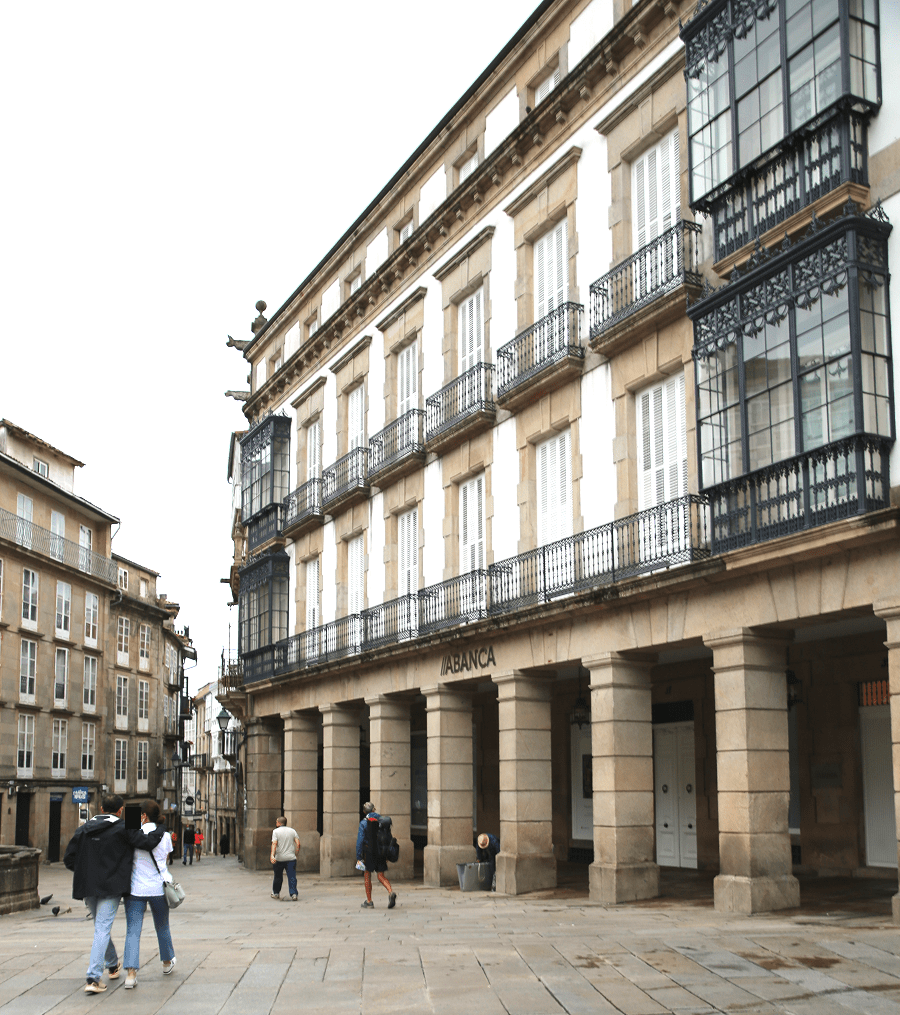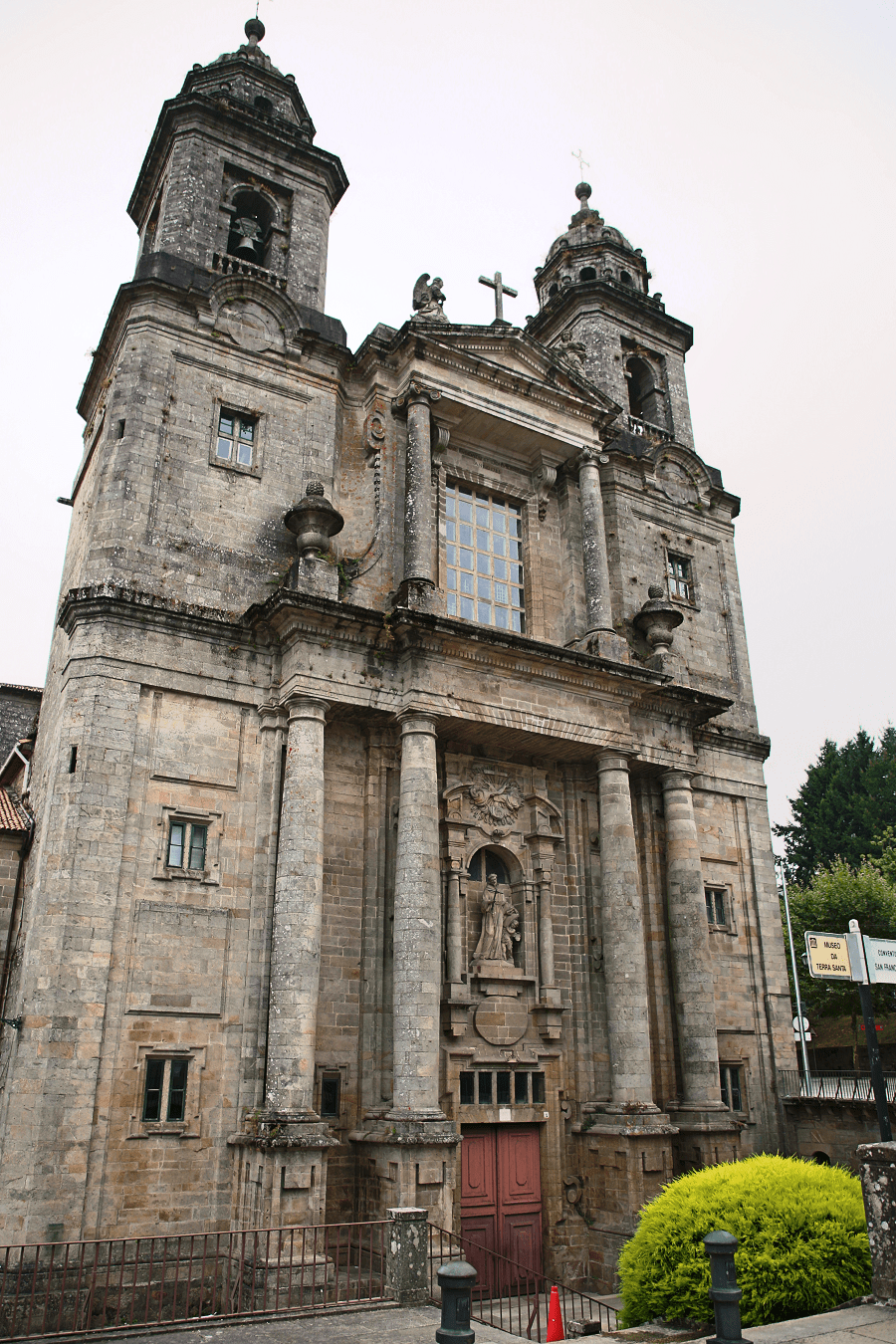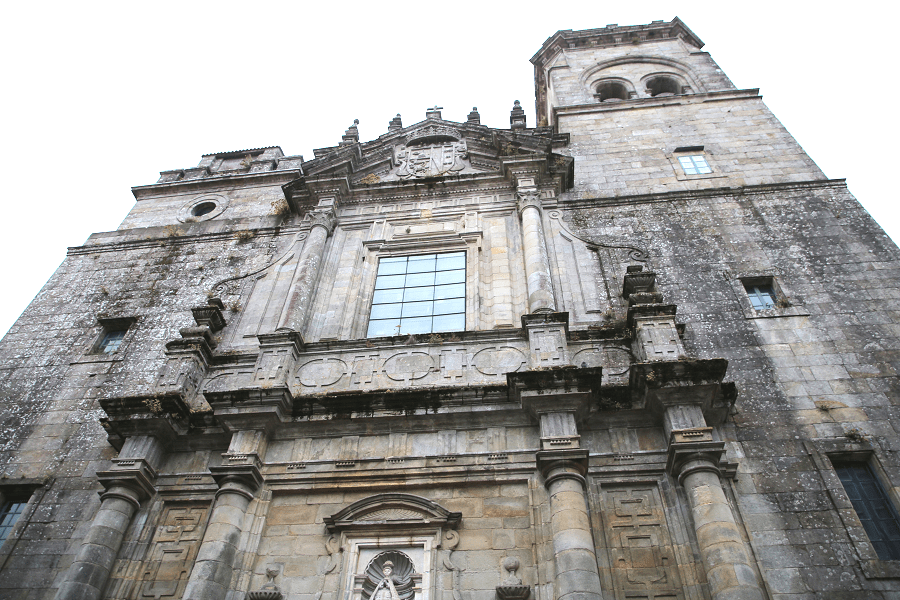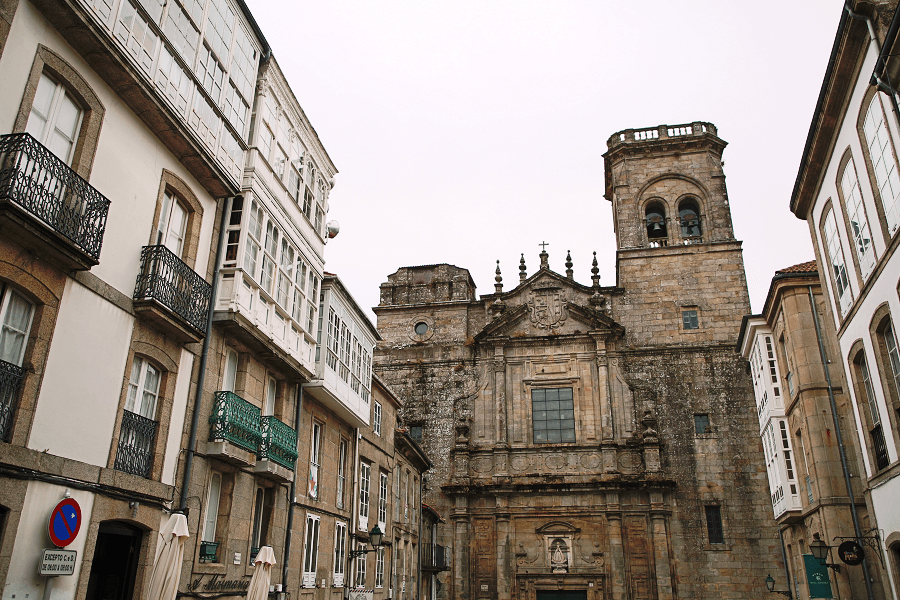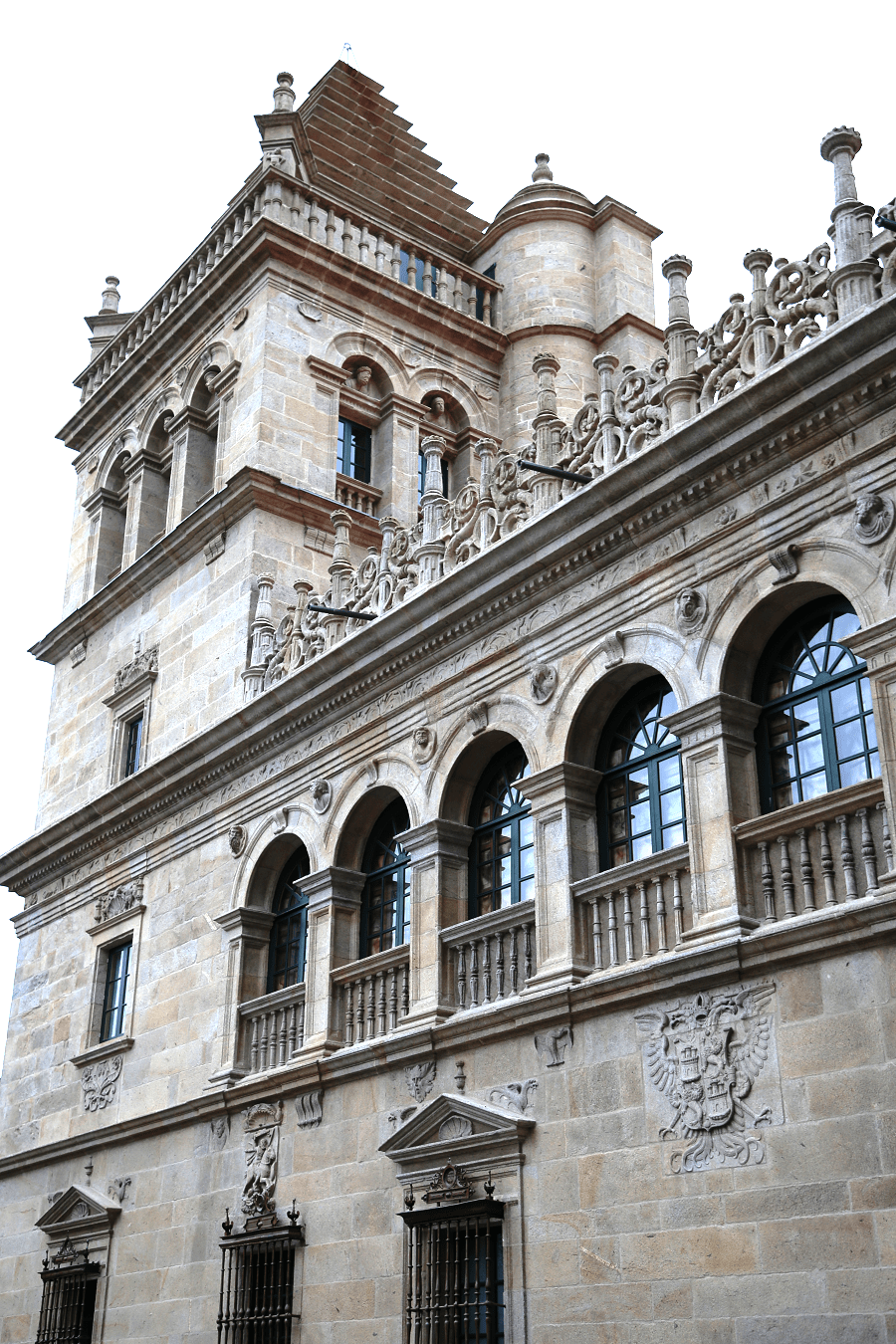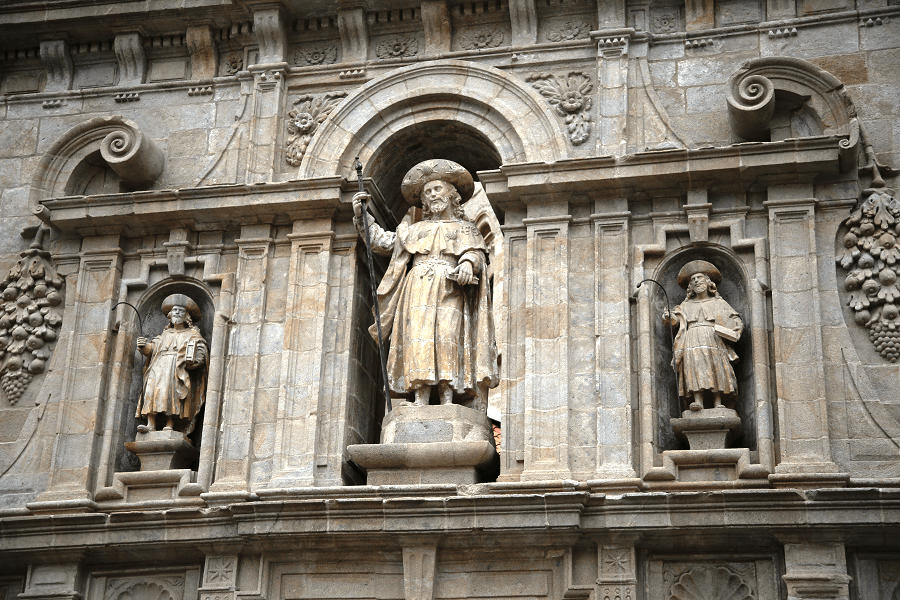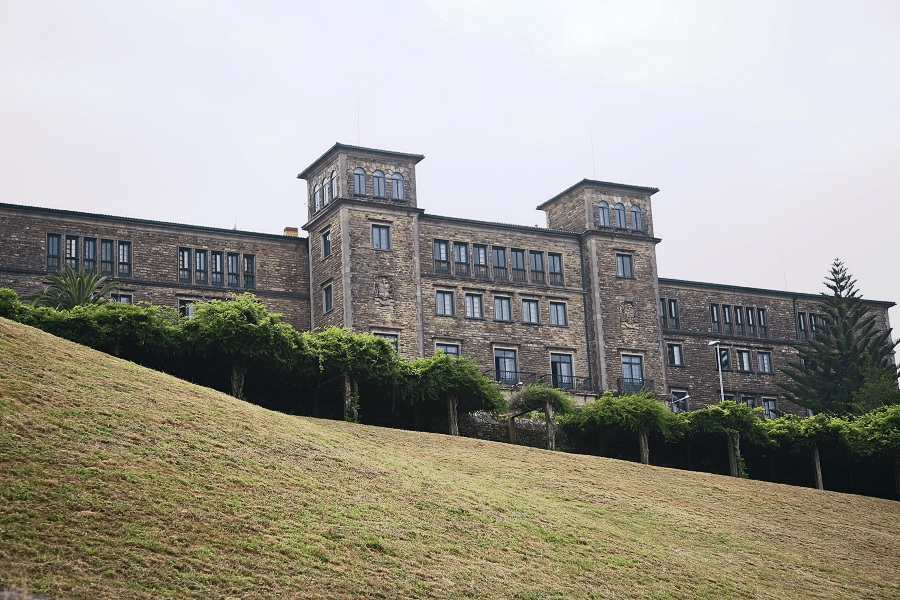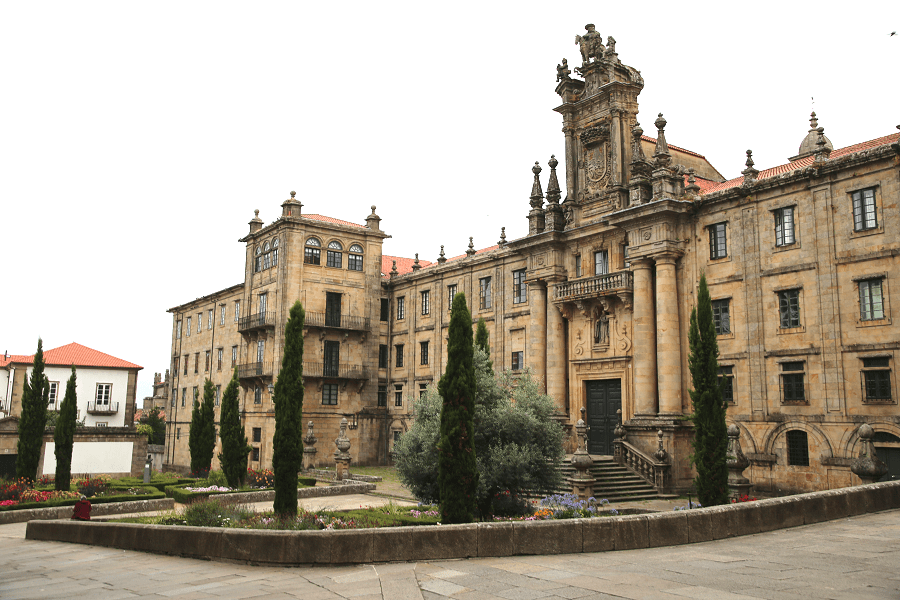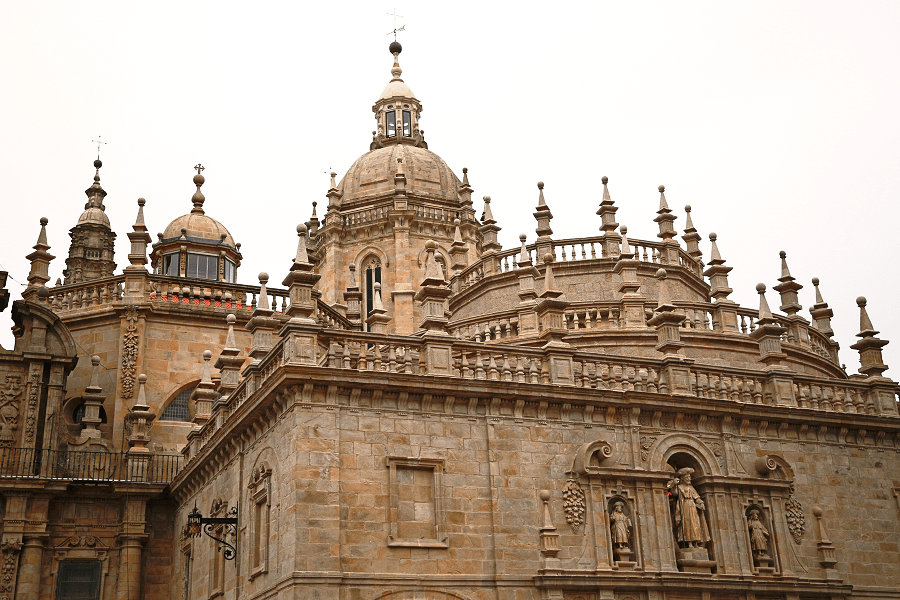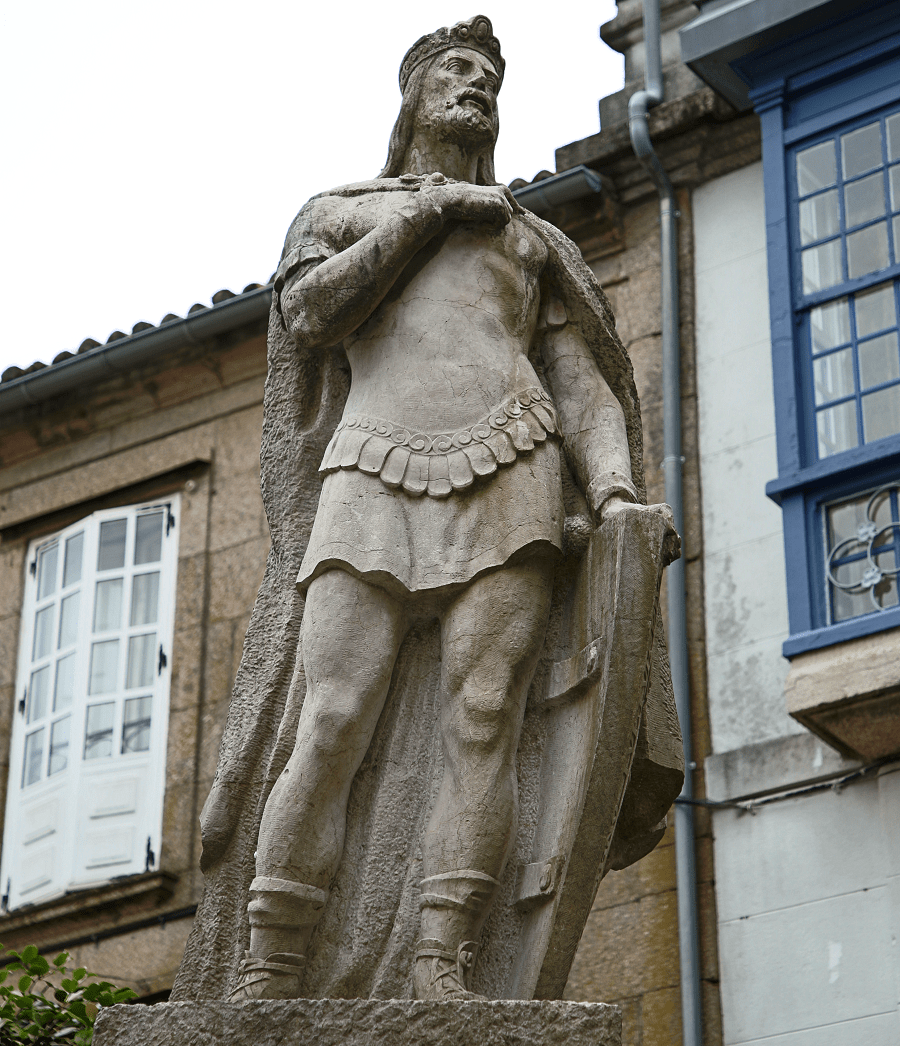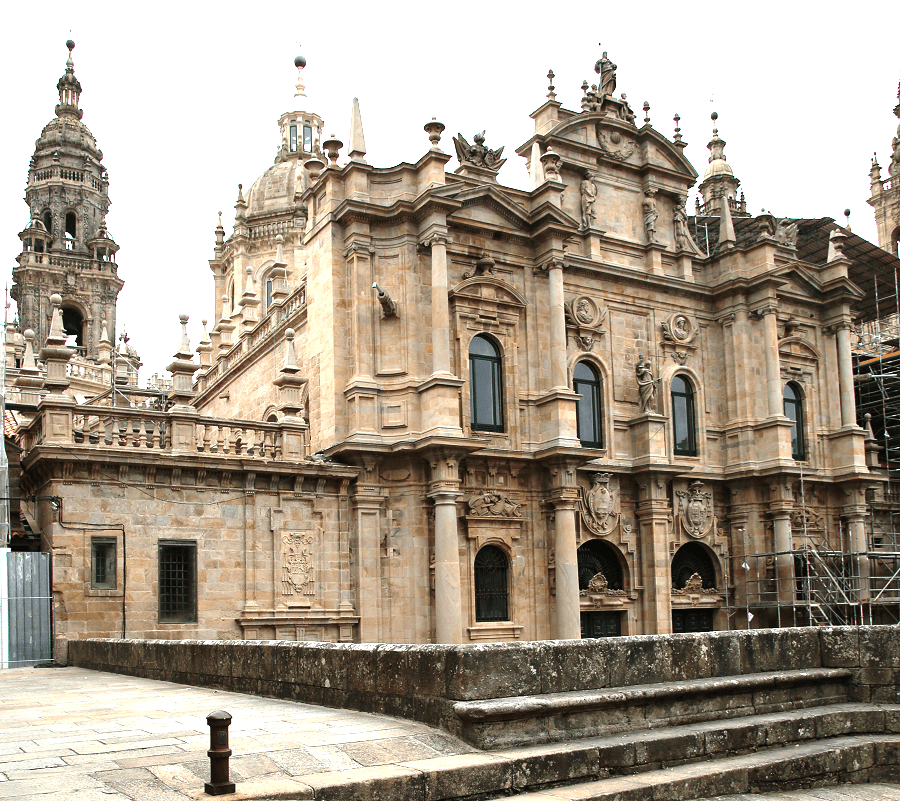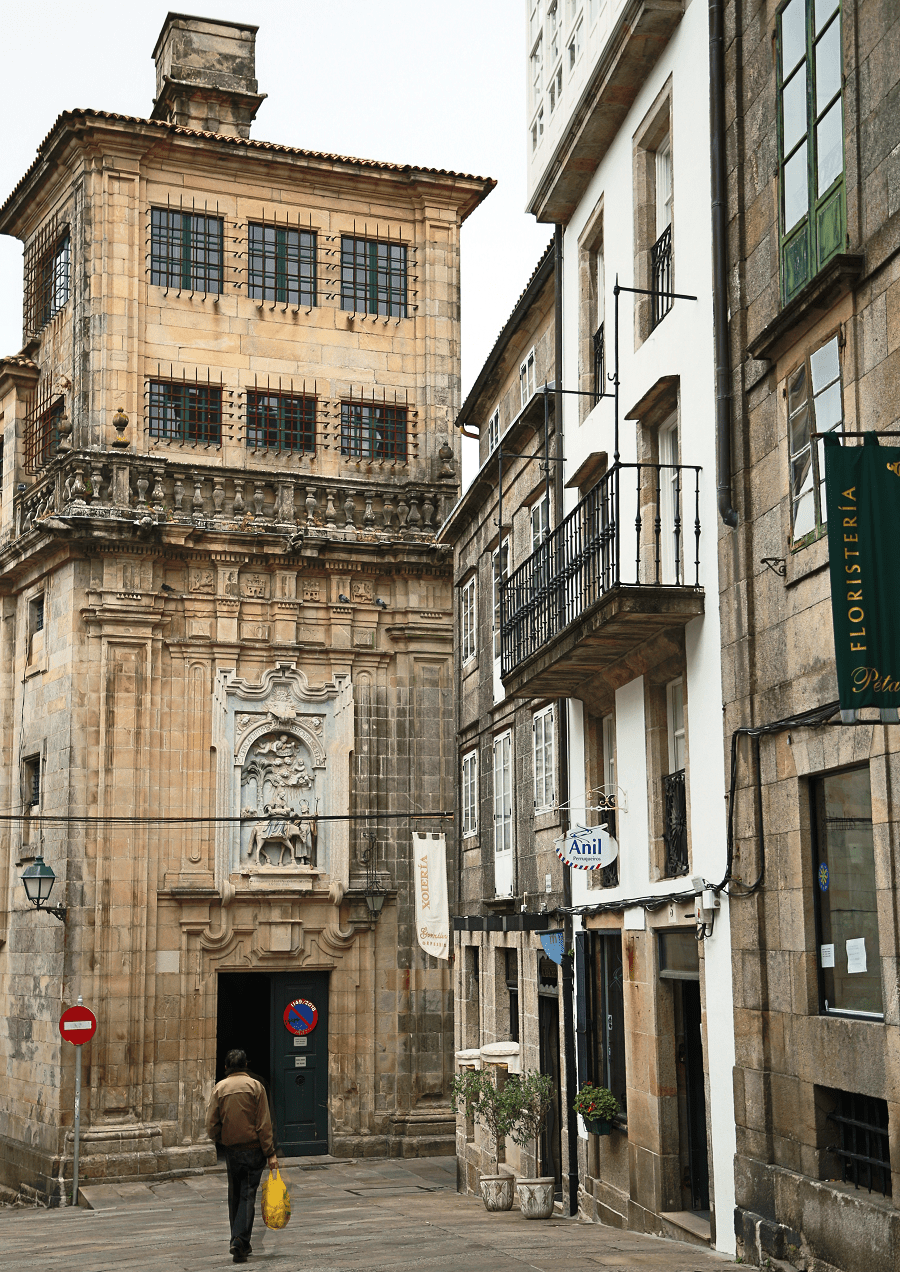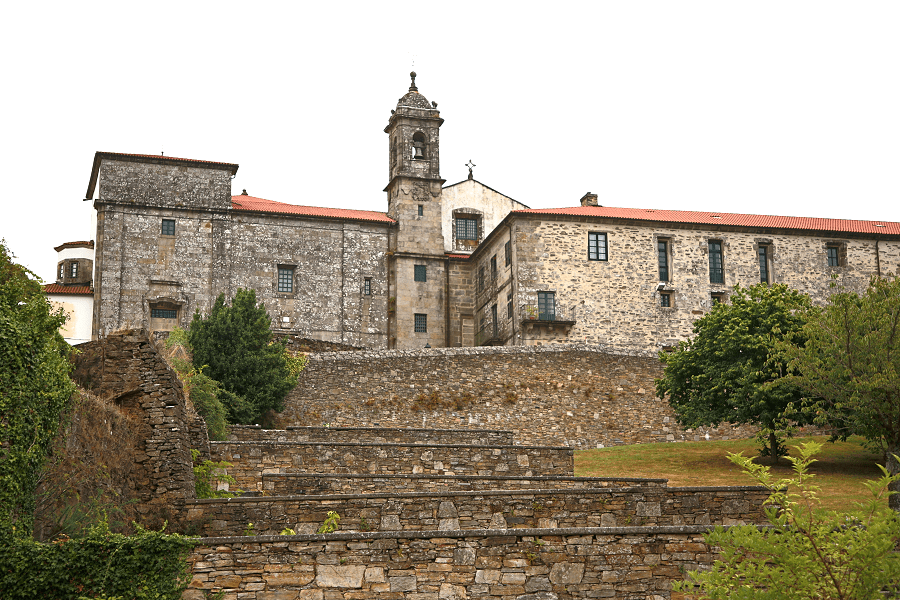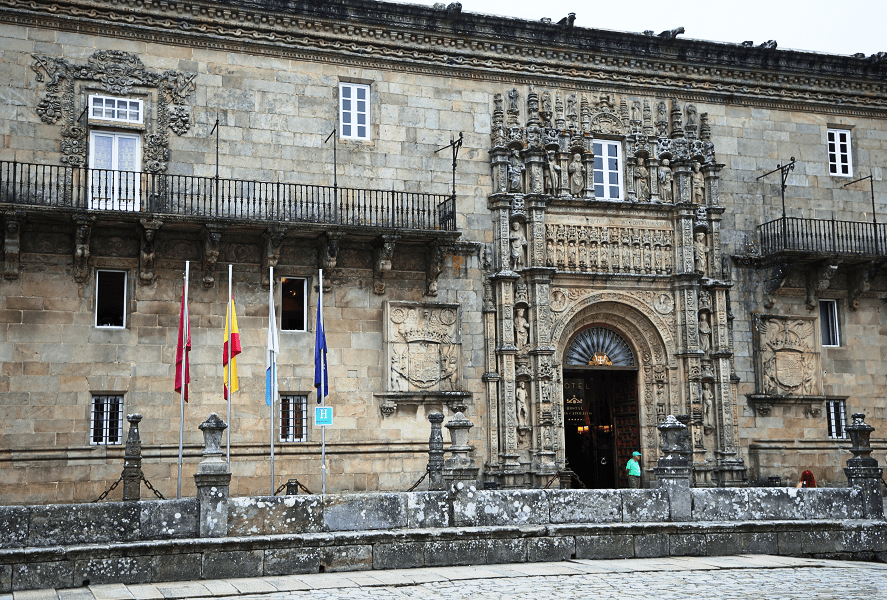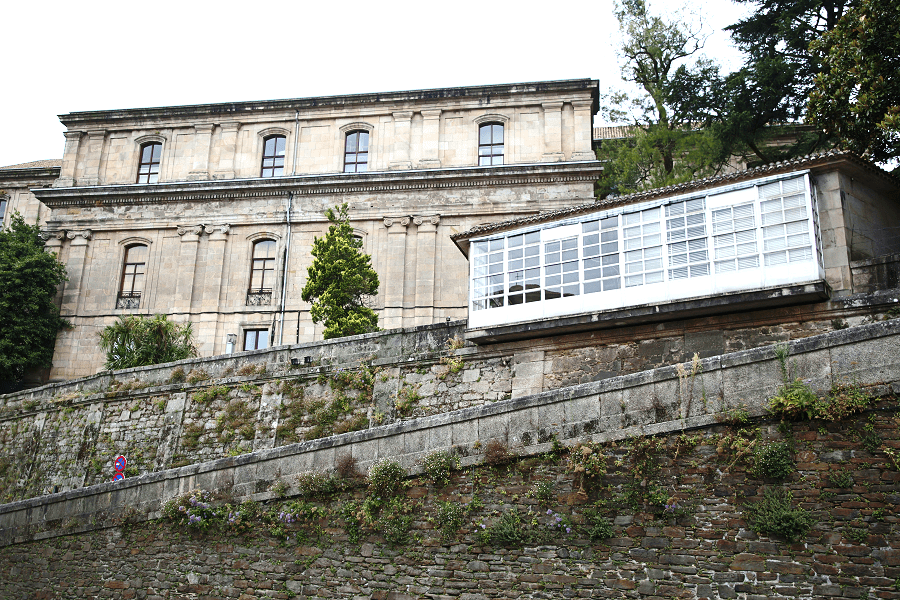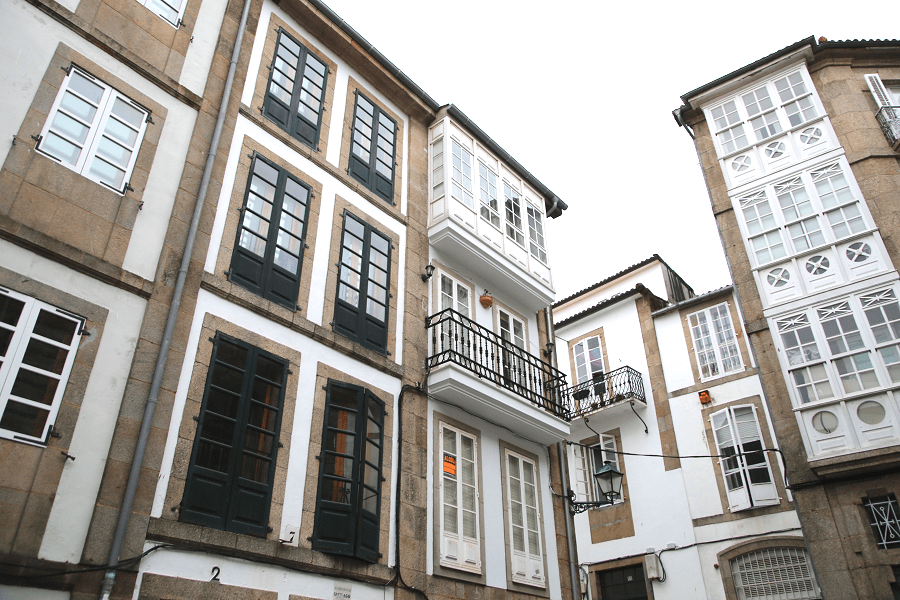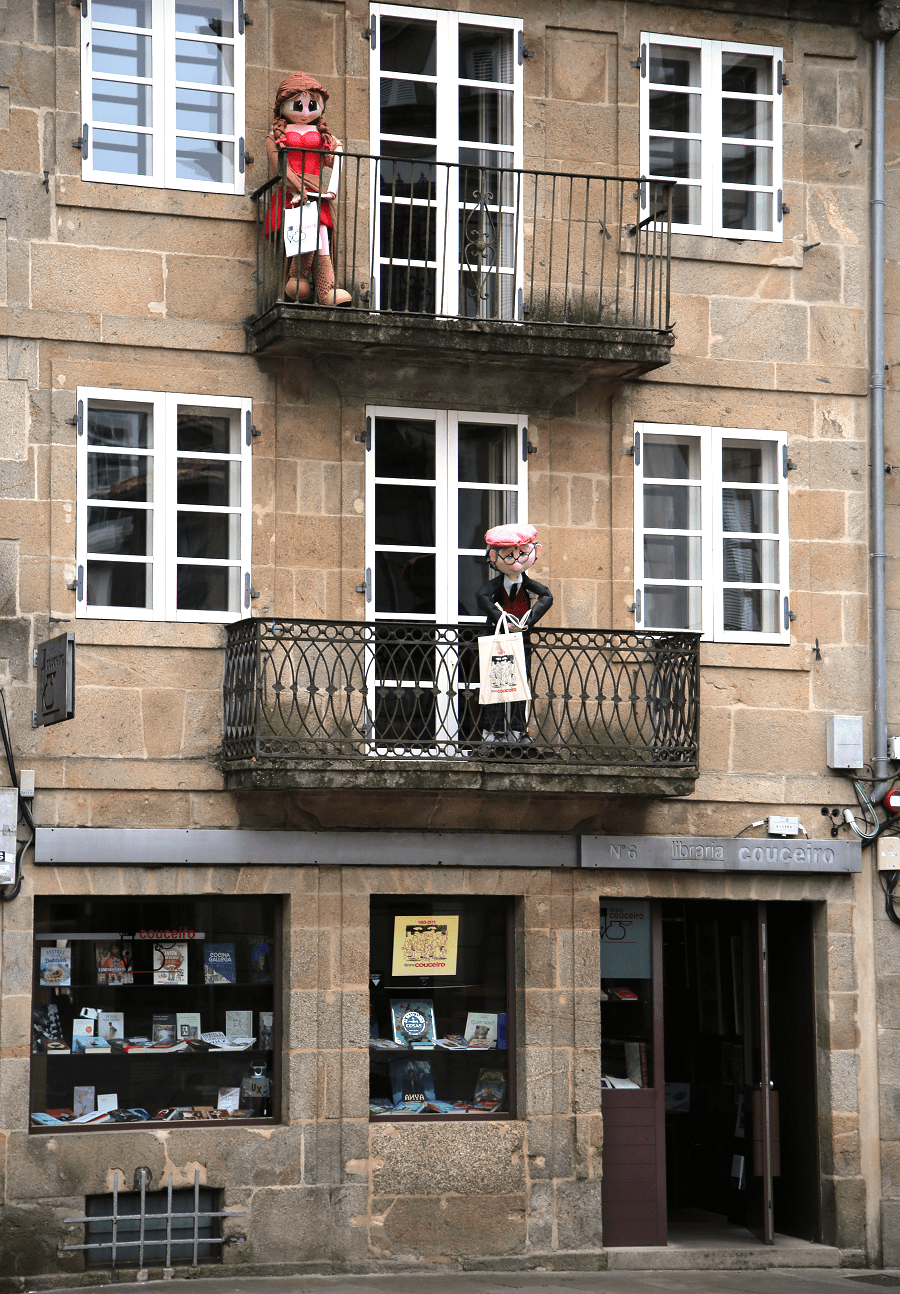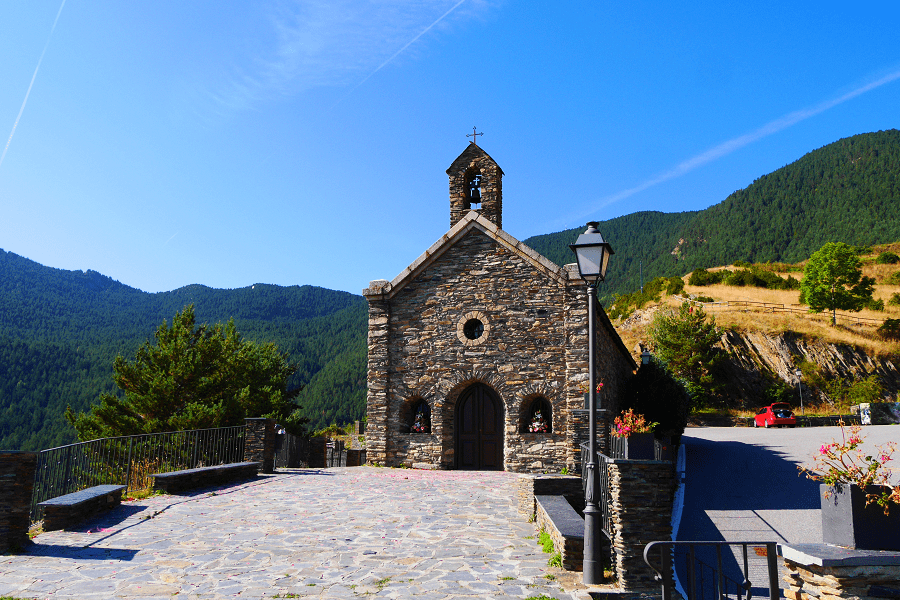Santiago de Compostela (Sp. Santiago de Compostela) or Santiago is a city and municipality, capital of the autonomous community of Galicia, Spain. It belongs to the province of La Coruña. The Galician regional government and the Parliament of Galicia have their headquarters there.
The ancient city of Santiago has been a UNESCO World Heritage Site since 1985. It stands out for being one of the three great pilgrimage centers of Christianity, along with Jerusalem and Rome, by pointing out the tradition that the Saint James the Greater was buried there.
Of special artistic importance is its cathedral, dedicated precisely to the Apostle Santiago, and which is the destination of the hundreds of thousands of pilgrims from around the world who pass the Camino de Santiago every year.
The municipality limits to the north with the municipalities of Valle del Dubra, Trazo and Oroso; to the south with Teo, Vedra and Boqueijón; to the east with El Pino; and to the west with Ames. In the vicinity of the city is the Santiago de Compostela airport, the busiest in Galicia and the second in northern Spain, only behind Bilbao.
Also of great relevance is its University, ranked among the 10 best in Spain, and which has about 25,500 students enrolled each year (on the two university campuses, in Santiago and Lugo).
Main attractions
The Plaza del Obradoiro is the heart of Santiago de Compostela, its name refers to the workshop or workroom (obradoiro, in Galician) of stonemasons that worked in the square during the construction of the cathedral. In the center of this beautiful square is kilometer 0 of all the roads from Santiago. The buildings that surround it are samples of different architectural styles. To the east, the Baroque façade of the cathedral flanked by the museum on its right and the Gelmírez Palace on its left.
To the west of the square, is the Palace of Rajoy, built by Archbishop Bartolomé de Rajoy to accommodate the residence of the canons. To the north, the Hostal de los Reyes Católicos, a masterpiece of the Plateresque style that formerly served as a shelter for pilgrims. To the south, the Colegio de San Jerónimo, which went from being a pilgrims’ hospital to a residence for young students. It currently houses the Rector’s Office of the University of Santiago de Compostela.
The Santiago de Compostela Archcathedral Basilica (Spanish and Galician: Catedral Basilica de Santiago de Compostela) is part of the Metropolitan Archdiocese of Santiago de Compostela and is an integral component of the Santiago de Compostela World Heritage Site.
The cathedral is the reputed burial place of Saint James the Great, one of the apostles of Jesus Christ. It is also one of the only three remaining churches in the world built over the tomb of an apostle, the other two being St Peter’s Basilica in Vatican City and St Thomas Cathedral Basilica, Chennai in India.
The archcathedral basilica has historically been a place of pilgrimage on the Way of St James since the Early Middle Ages and marks the traditional end of the pilgrimage route.
The building is a Romanesque structure, with later Gothic and Baroque additions.
Hostal de los Reyes Católicos: It was originally a Hospital that was built as a result of the visit made by the Catholic Monarchs to Santiago in 1486, to attend to the pilgrims who were traveling the Camino de Santiago at the time. Over time, the Catholic Monarchs ordered the construction of a large inn with the help of the income received in the victory of Granada. The works lasted 10 years and the Popes offered indulgences to all who cooperated. It is in the Plateresque Renaissance style.
Pazo de Raxoi is a neoclassical palace. Completed in 1766, it is located on the Praza do Obradoiro, in front of the cathedral.
The Gelmírez Palace is a building from the 12th and 13th centuries, it is an important monument of Romanesque civil architecture. The two upper floors belong to the current Archbishop’s Palace. From here, the archbishop can go directly to the cathedral.
The Church of Santa María a Real do Sar is a church declared Bien de Interés Cultural in 1895. The church lies on the banks of the Sar river, which flows near Santiago.
The monastery of San Martiño Pinario was a Benedictine monastery. It is the second largest monastery in Spain after San Lorenzo de El Escorial.
Little remains of the original medieval buildings, as the monastery has been largely rebuilt since the sixteenth century. The monastery was closed in the nineteenth century due to the Ecclesiastical Confiscations of Mendizábal. The buildings currently house a seminary.
Quintana Square: It is also called the Literary, in memory of the Literary Battalion, students who fought against Napoleon. It has ywo levels separated by a staircase: Quintana de Mortos, which occupies the lower part and Quintana de Vivos, the upper part. A quintana is a door or square in front of the cemetery where food was sold.
Casa da Parra: It is in Quintana de Vivos and is from the seventeenth century, the work of the architect Domingo Antonio de Andrade. It owes its name to the relief on the facade that represents a vine. On the roof, the characteristic Compostela chimney from the Baroque period stands out.
Monastery of San Paio de Antealtares: The immense Convent of Las Pelayas, closed, was built at the same time as the Basilica of Santiago. The side street at the entrance to the convent church is Via Sacra. It has magnificent baroque altarpieces and an 18th century organ. Baroque music concerts are held there.
Canonical House or La Conga: Work of the architect Domingo de Andrade. Located on the south side of the Plaza de la Quintana, facing the Casa de la Parra. Originally it was the home of the canons of the cathedral. The loggia or arcade on the ground floor and the fireplace on the deck stand out in its composition.
The University
The University of Santiago de Compostela – USC is a public university located in the city of Santiago de Compostela, a second campus is located in Lugo. It is one of the world’s oldest universities in continuous operation.
The university traces its roots back to 1495, when a school was opened in Santiago. In 1504, Pope Julius II approved the foundation of a university in Santiago but “the bull for its creation was not granted by Clement VII until 1526”.
Today the university’s facilities cover more than 130 hectares. In terms of human resources, the university has more than 2,000 teachers involved in study and research, over 42,000 students, and more than 1,000 people working in administration and services. The university ranks 5th in Spain’s best universities ranking by Complutense University of Madrid and IAIF and 4th amongst public universities.
Museums
The City of Culture of Galicia is a complex of cultural buildings, designed by a group of architects led by Peter Eisenman. Construction was challenging and expensive as the design of the buildings involves high degree contours, meant to make the buildings look like rolling hills. Nearly every window of the thousands that are part of the external façade has its own custom shape. In 2013 it was announced that after more than a decade, construction of the project would be halted.
Museum of the Galician People: The convent of Santo Domingo de Bonaval houses this museum. Its permanent collection covers various aspects of traditional crafts, the world of the sea, the countryside, clothing and popular architecture. It also has sections of Galician archeology, painting and sculpture.
Galician Center for Contemporary Art: Museum designed by the Portuguese architect Álvaro Siza. It houses exhibitions by internationally renowned authors.
Galicia Digital: Virtual museum located in the San Martín Pinario monastery, which aims to bring new technologies closer to each other.
Best restaurants
There are 16 Michelin list restaurants in the city:
- A Tafona, Virxe da Cerca 7, 85 – 115 EUR • Modern Cuisine (one star)
- Auga e Sal, Fonte do Santo Antonio 8, 65 – 85 EUR • Modern Cuisine (one star)
- Casa Marcelo, Hortas 1, 75 EUR • Fusion
- Mar de Esteiro, Lugar Ponte Sionlla, 33 – 55 EUR • Seafood
- A Maceta, San Pedro 120, 30 – 40 EUR • Fusion
- Pampín Bar, Ruela das Fontiñas 4, 20 – 45 EUR • Regional Cuisine
- Anaco, Costa de San Domingos 2, 25 – 40 EUR • Contemporary Cuisine, Seasonal Cuisine
- A Viaxe, Praza do Matadoiro 3, 16 – 35 EUR • Fusion
- Café de Altamira, Ameas 9, 15 – 40 EUR • Traditional Cuisine
- Abastos 2.0 – Barra, Plaza de Abastos, 30 – 60 EUR • Modern Cuisine
- Lume, Das Ameas 2, 32 – 42 EUR • Modern Cuisine, Fusion
- Mamá Peixe, Algalia de Arriba 45, 13 – 45 EUR • Traditional Cuisine
- A Horta d’Obradoiro, Hortas 16, 30 – 45 EUR • Regional Cuisine
- Don Quijote, Galeras 20, 20 – 55 EUR • Traditional Cuisine
- Asador Gonzaba, Nova de Abaixo 2, 35 – 50 EUR • Meats and Grills
How to get to?
Santiago–Rosalía de Castro Airport, previously named Lavacolla Airport and also known as Santiago de Compostela Airport, is an international airport serving the autonomous community and historical region of Galicia in Spain. It has been named after the Galician romanticist writer and poetess, Rosalía de Castro, since 12 March 2020.
The airport is located in the parish of Lavacolla, 12 km from Santiago de Compostela and handled 2,903,427 passengers in 2019. It is the focus city of Vueling in the northwest Iberian Peninsula, and Ryanair’s only focus city in Northern Spain. The Christian pilgrimage route of the Camino de Santiago runs near the airport.
Santiago de Compostela railway station is linked to the Spanish High Speed Railway Network. Madrid can be reached in about 5 hours and 10 minutes.
Porto (Portugal) can also be reached in less than 5 hours changing to the Celta train in Vigo.
Distance to the main cities of Galicia:
From A Coruña 50 min (74.1 km) via AP-9
From Lugo 1 hr 25 min (134 km) via A-6 and AP-9
From Ourense 1 hr 13 min (105 km) via AG-53 and Autoestrada Central Galega/AP-53
From Pontevedra 50 min (64.0 km) via AP-9
Distance to the capital of Spain:
From Madrid 5 hr 32 min (601 km) via A-6 and A-52
Main information
Area: 220 km² (municipality)
Coordinates: 42°53′00″N 8°32′00″W
Population: 97 848
Languages: Spanish, Galician
Currency: Euro
Visa: Schengen
Time: Central European UTC +1



